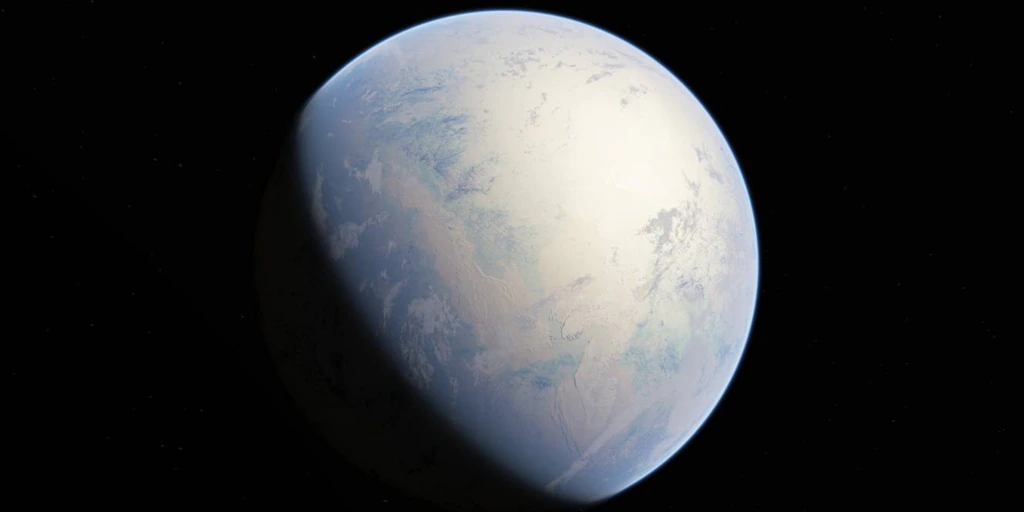An asteroid is to blame for the fact that the Earth turned into a “snowball”

Led by Minming Fu of Yale University’s Department of Earth and Planetary Sciences, an international team of researchers has just taken part in a scientific debate about the possible causes of the Snowball Earth phenomenon, a series of extreme freezes. This happened during the cryogenic period, during the Neoproterozoic era, between 635 and 720 million years ago.
During those ice ages, which could last thousands to millions of years, the entire surface of the planet was covered in thick layers of ice, according to a new study recently published in the journal Science Advances. When viewed from space, our world would then look like a huge snowball, hence the name most often used to describe this phenomenon. What is certain is that this is one of the most extreme climate changes known in the history of our planet.
Unknown reasons
However, the causes of these global ice ages are unclear, but Fu and his colleagues believe they may have been suddenly caused by large asteroids hitting Earth. For decades, climate models have shown that if Earth cools enough, the high reflectivity of its snow and ice could create a “runaway” feedback loop that would lead to more sea ice and ever-colder temperatures until the entire planet is covered in ice. . To our knowledge, similar conditions occurred at least twice, both during the Neoproterozoic era.
However, until now, no attempt to explain what causes these global glaciations has been convincing, and research on the subject has been limited to the question of whether greenhouse gases have somehow decreased to such an extent. in the atmosphere the temperature became cold, which allowed the snowball to begin.
“We decided to explore an alternative possibility,” says Minmin Fu. What would happen if an extraterrestrial influence caused dramatic climate change?
Asteroid hypothesis
For their study, the scientists used a complex climate model that represents atmospheric and oceanic circulation, as well as sea ice formation, under different conditions. This is the same type of model that is used to predict future climate scenarios, only in this case the researchers applied it to the effects of a hypothetical asteroid impact at four different periods in the past: pre-industrial (150 years ago), the Last Glacial Maximum. (21,000 years ago), Cretaceous period (145–66 million years ago). and Neoproterozoic (from 1 to 542 million years ago).
For the two warmest climate scenarios (Cretaceous and pre-industrial), the researchers found that it was unlikely that an asteroid impact would trigger a global ice age. But during the Last Glacial Maximum and Neoproterozoic, when Earth’s temperature was already low enough to be considered an ice age, the impact could have snowballed the entire planet.
“What surprised me most about our results,” says study co-author Alexey Fedorov, “is that under sufficiently cold initial climatic conditions, after an asteroid hits the ocean, a “snowball” state can develop in a matter of seconds. just a decade.
As for the chances of an asteroid-induced “Snowball Earth” period occurring in the coming years, the researchers said it is extremely unlikely, due in part to man-made warming of the planet.